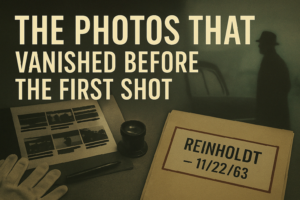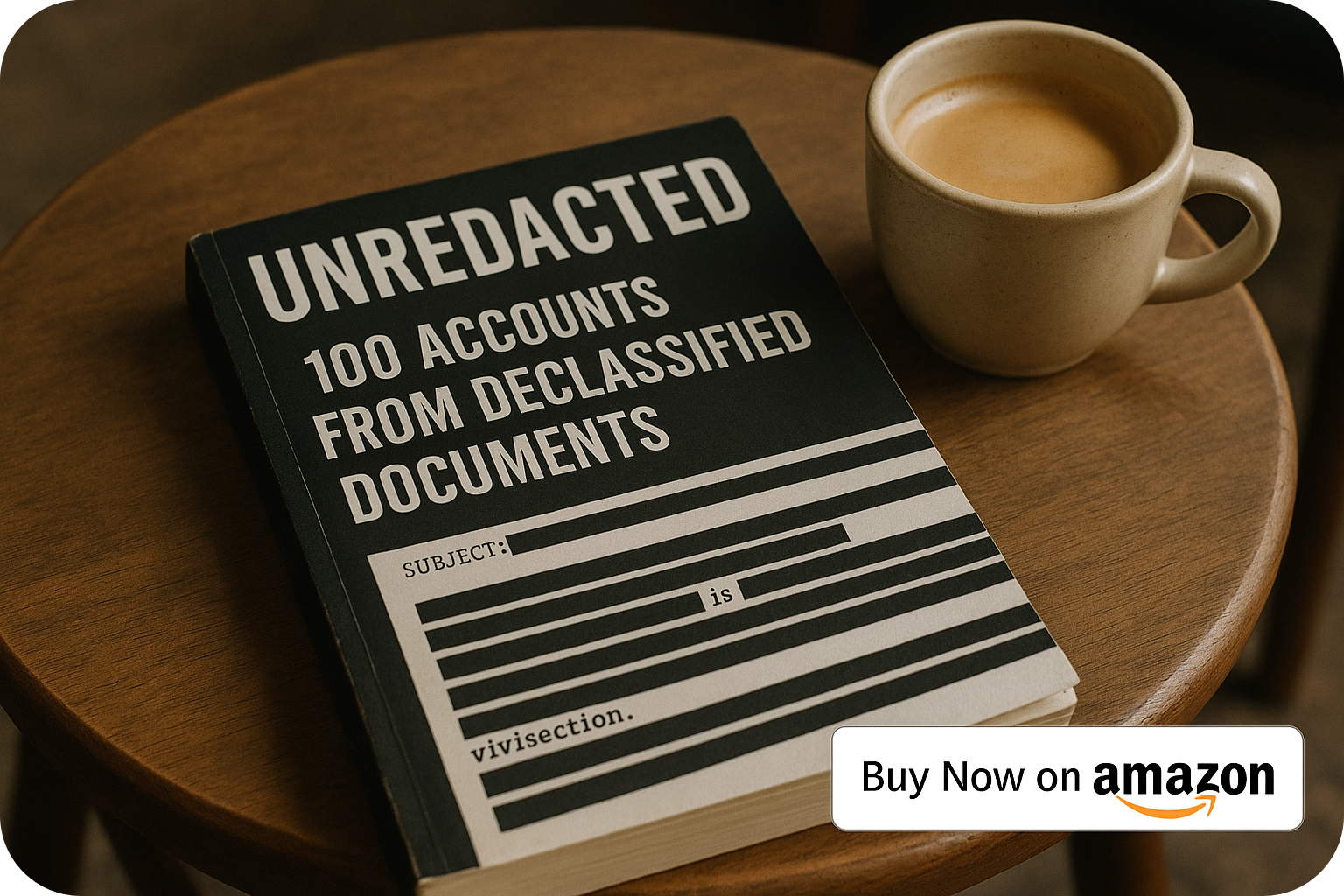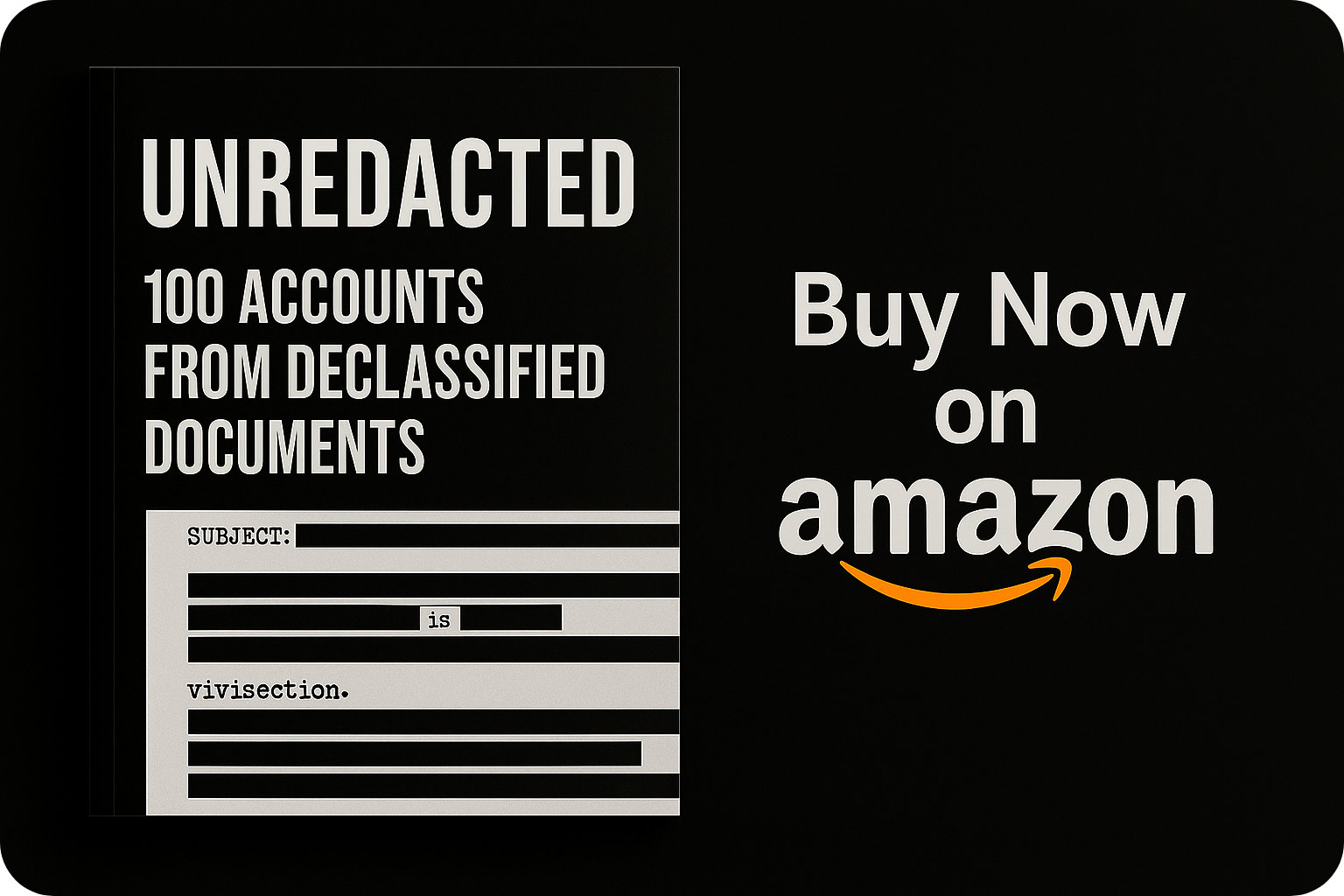🧾 Case 1: The Florida Caller
On November 16th, a call was placed to the White House switchboard by a woman claiming to have overheard two men in a Miami diner discussing "the upcoming parade in Dallas" and "a scoped rifle in a warehouse."
The transcript notes:
"Caller states: ‘I know what I heard, and it was serious.’"
The report was forwarded to the Secret Service.
No documented follow-up.
The caller’s name is redacted. Her phone number? Never traced.
📉 Case 2: The FBI Agent Who Flagged a Pattern
A mid-level agent named Ronald Beck from the Houston field office submitted an internal memo on Nov. 18 titled: "Oswald Movement Timeline - Anomalous Embassy Visits."
It included:
- Surveillance photos from Mexico City
- A chart showing Oswald’s last-minute transit patterns
- A hand-scribbled note: "What is he preparing for?"
Beck’s memo was marked "irrelevant to protective ops" by DC headquarters.
He was reassigned the following week.
📞 Case 3: The Mysterious Dallas Call Drop
At 11:02 AM on the morning of Nov. 22, a call was routed from a Dallas-area payphone to the FBI tip line.
It lasted 41 seconds.
The transcript shows:
"Individual said: ‘You need to cancel the motorcade. Today. Right now.’"
The voice was described as male, "possibly using a modulator."
The call disconnected mid-sentence.
That tape was filed under "anomalous activity" and locked away - until now.
🔒 Systemic Silence
All three instances were flagged in a 2025 internal audit as "missed indicators." The same audit uncovered:
- Deliberate rerouting of threat calls away from senior agents
- A memo titled "Low Credibility Threshold Protocol" authorizing the discard of "non-actionable panic intel"
- A directive from Hoover’s office: "Avoid creating panic optics around presidential visits"
🔚 They Called. No One Answered.
The JFK files reveal not only how systems failed - but how they were designed to fail quietly.
In a pre-digital world, deletion was silence.
And silence made room for history to go exactly as planned.






